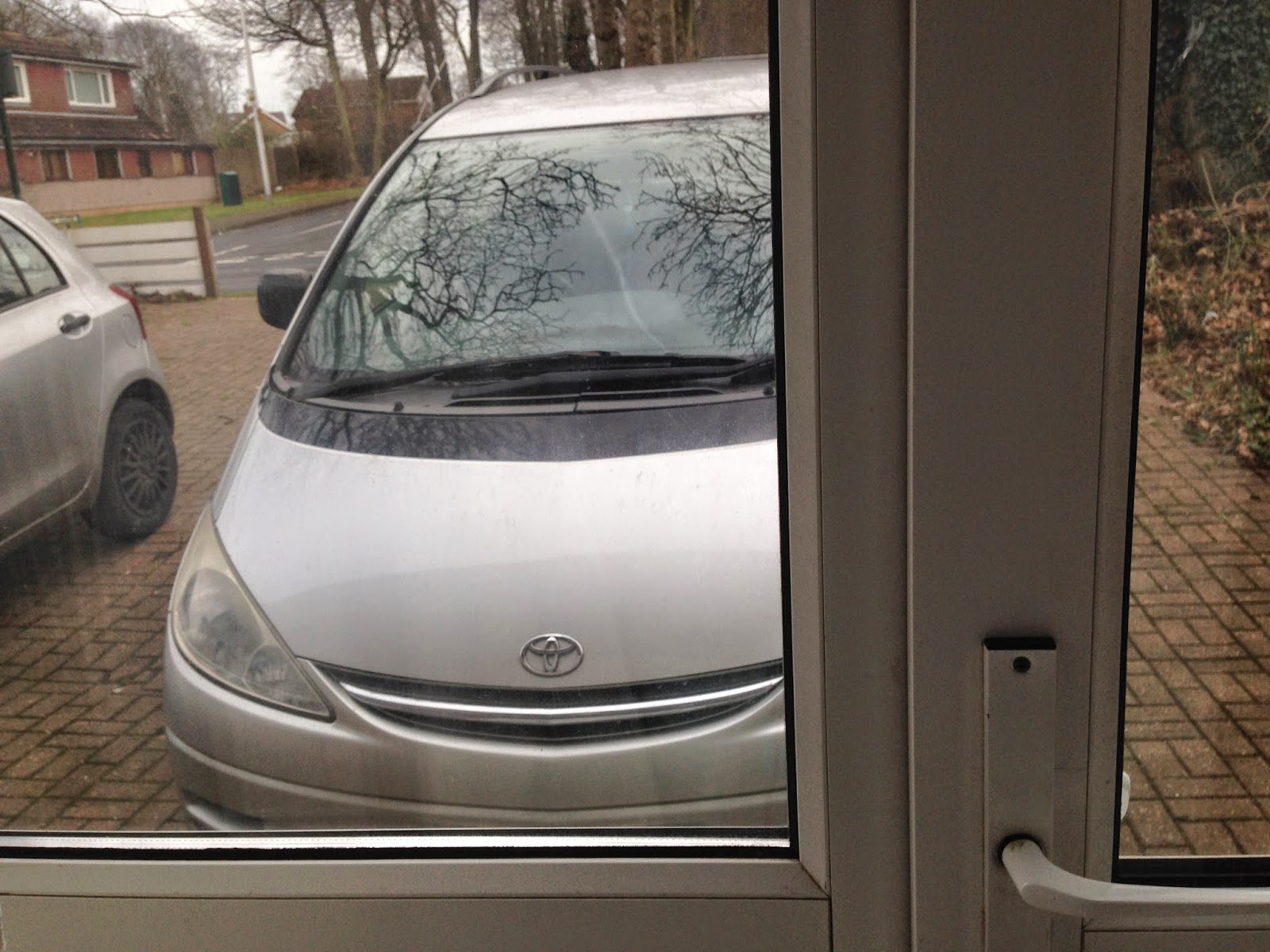
 Cinemas now a days tend to be a Mutiplexes which means that they have a multiple amount of screen. This is so they can show more than one film at a time which will make more money. The most local cinemas in the Medway area are the 'Odeon' Chatham cinema and the 'Cineworld' Rochester. These cinemas don't often show ameture films because they show the bigger films from the big production companies such as, Universal, Warner Brothers, etc.
Cinemas now a days tend to be a Mutiplexes which means that they have a multiple amount of screen. This is so they can show more than one film at a time which will make more money. The most local cinemas in the Medway area are the 'Odeon' Chatham cinema and the 'Cineworld' Rochester. These cinemas don't often show ameture films because they show the bigger films from the big production companies such as, Universal, Warner Brothers, etc.
Theatres
 The theatre that is the closes to us is 'The Central Theatre' in Chatham. It shows a variety of things such as, childrens shows, films, top names in music and comedy and it has some of the 'best tribute shows'. During the summer it also shows recent releases of major blockbusters and family films. It also shows old classics like 'Top Hat', 'Casablanca' and 'Singin' in the Rain'. This theatre is also unlikely to show an amatuer film.
The theatre that is the closes to us is 'The Central Theatre' in Chatham. It shows a variety of things such as, childrens shows, films, top names in music and comedy and it has some of the 'best tribute shows'. During the summer it also shows recent releases of major blockbusters and family films. It also shows old classics like 'Top Hat', 'Casablanca' and 'Singin' in the Rain'. This theatre is also unlikely to show an amatuer film.






